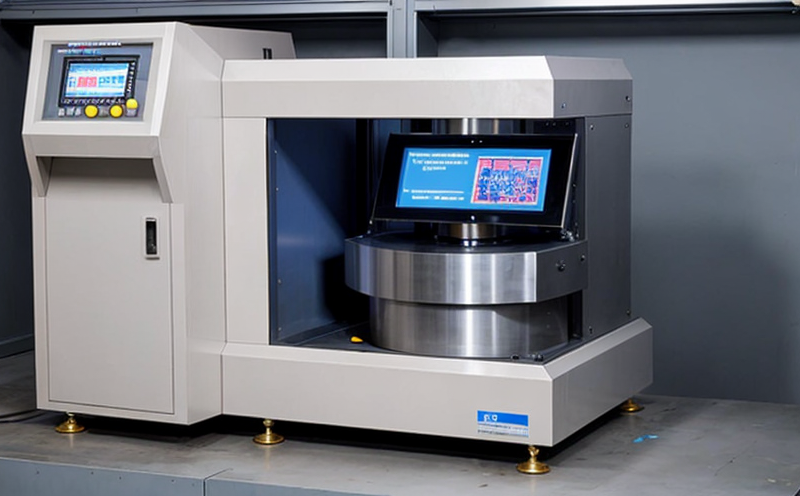ASTM F3122 Dimensional Performance of AM Metal Parts
The ASTM F3122 standard provides a framework for dimensional performance testing of additive manufactured (AM) metal parts. This service ensures that the dimensions and geometries of these components meet specified tolerances, which is critical in sectors like aerospace, automotive, and medical devices where precision is paramount.
Dimensional accuracy is crucial because even minor deviations can lead to functional failures or non-compliance with design specifications. This standard helps manufacturers verify that their AM processes produce parts that are within acceptable limits for size, shape, and orientation. The ASTM F3122 test involves measuring various parameters such as length, width, height, and angles of the manufactured parts.
For instance, in aerospace applications, deviations from specified dimensions can lead to structural integrity issues. In medical devices, incorrect geometries could result in improper fit or function. Ensuring compliance with ASTM F3122 helps mitigate these risks by providing a standardized method for testing dimensional accuracy.
The testing process typically begins with the preparation of specimens according to the specific requirements outlined in the standard. This includes ensuring that the parts are free from defects and are ready for accurate measurement. Once prepared, the specimens undergo metrology using precision instruments such as coordinate measuring machines (CMMs) or laser scanners.
The ASTM F3122 standard specifies acceptance criteria based on the intended use of the part. For example, in a high-stress application like aircraft engine components, tighter tolerances are required compared to less critical parts. The acceptance limits for each dimension and angle must be defined before testing begins.
Testing results are then analyzed against these acceptance criteria to determine if the AM metal parts meet the specified standards. If any part fails to meet the requirements, further investigation into the manufacturing process may be necessary to identify and correct any issues.
Why It Matters
- Ensures compliance with design specifications for critical components like medical implants or aerospace parts.
- Avoids costly rework by identifying dimensional discrepancies early in the manufacturing process.
- Reduces risk of product failure due to incorrect dimensions that could affect performance and safety.
- Supports quality assurance programs by providing objective data on part consistency across batches or production runs.
Industry Applications
| Application Sector | Description of Application |
|---|---|
| Aerospace | Ensuring that parts like engine components and structural elements meet stringent dimensional tolerances. |
| Automotive | Verifying the fit and function of critical components in vehicles, such as exhaust systems or transmission parts. |
| Medical Devices | Guaranteeing that implants and other devices are manufactured to precise specifications for patient safety. |
| Defense & Security | Testing parts like firearms or armor plating for dimensional accuracy to ensure performance in critical applications. |
Quality and Reliability Assurance
- Provides objective data that can be used to track the consistency of AM processes over time.
- Serves as a quality control measure during production runs to catch deviations early.
- Aids in process improvement by identifying sources of dimensional variations and allowing for corrective actions.





